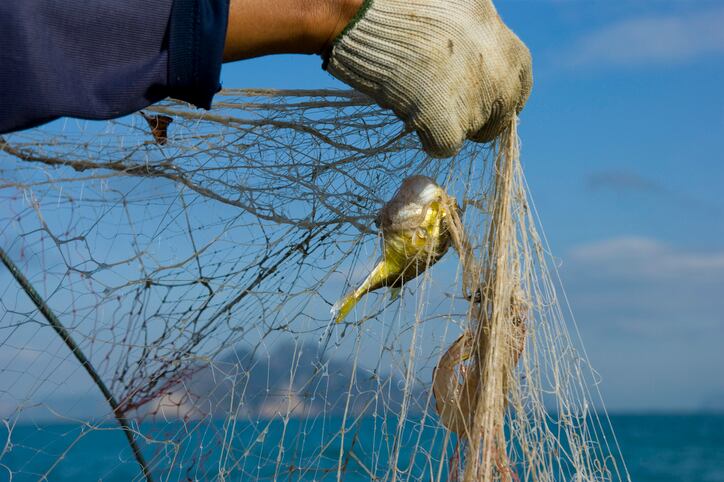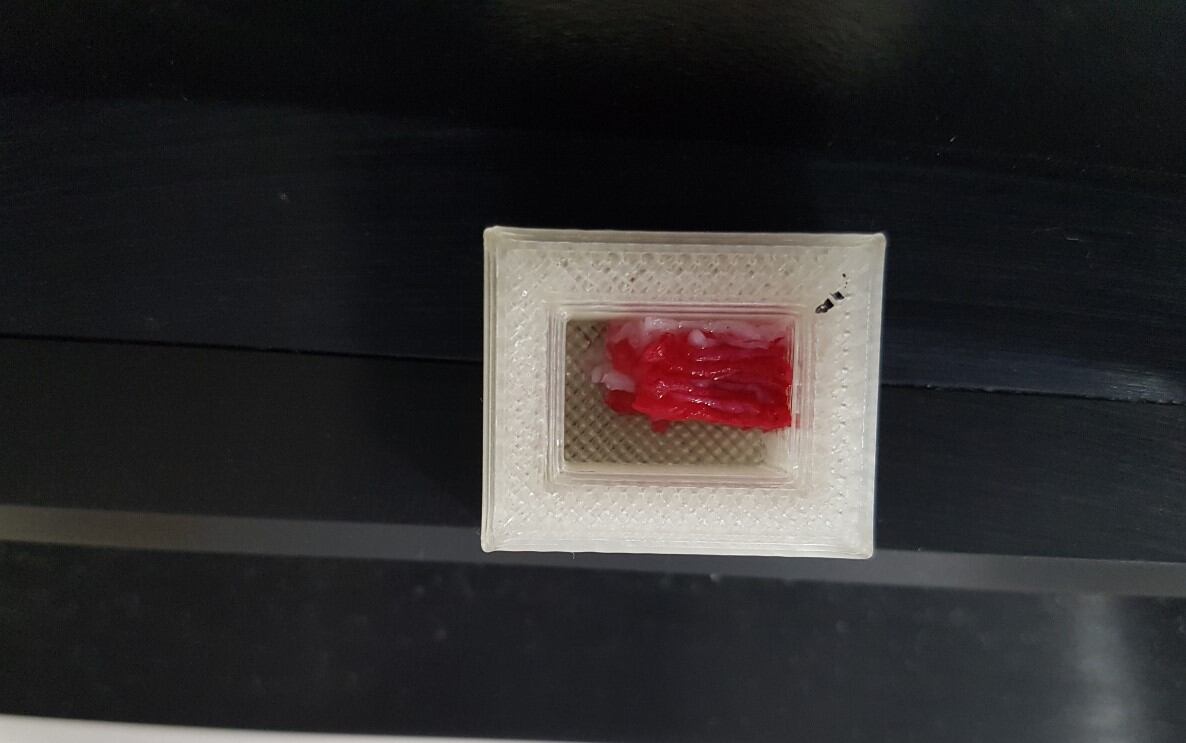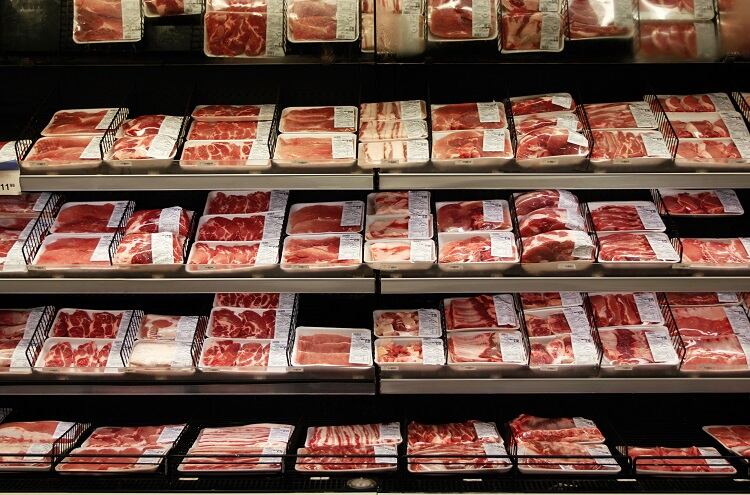Cultured meat companies use microbial growth media to provide cells with nutrition, with peptone supplying the nitrogen for organisms to grow.
Currently, cultured meat companies use peptone derived from animal meat for its growth media, but the researchers at BRIN think using fish waste can be a less costly process, offer a better nutritional profile in terms of higher protein and amino acid, and create a higher value ingredient.
Trash fish are bycatches by fishermen, usually in areas where there is shrimp trawling activity, where small fishes are accidentally caught.
Wawan Kosasih, team leader of the project at BRIN, said: “At the fish auction, many trash fish are not sold because they are not preferred for consumption, and they are usually sold at very cheap prices for animal feed or even thrown away as garbage. We had an idea to increase the economic value of the fish and as a solution for treating discarded fish waste.”
For this project, researchers used Boso fish, which is widely available at the north coast of Java island, one of the areas where shrimp trawling is prevalent.
The process
The process starts by cleaning the fish, adding water and blending into a slurry. This slurry is hydrolysed with papain enzyme, incubated for four to eight hours, and filtered to obtain hydrolysed protein. This protein is then spray dried into peptone powder.
Kosasih said all parts of the fish that contain protein can be used to manufacture protein hydrolysate.
Besides using it as a growth media ingredient, Kosasih told FoodNavigator-Asia that the protein hydrolysate produced can also be used for seasoning or as food for toddlers or seniors.
Compared to commercial peptone
The price of peptone from fish is much cheaper when compared to commercial peptone derived from meat, solely because it was using trash fish or fish waste, and not fresh fish.
“For comparison, raw materials for the manufacture of peptone from 500g of fish protein hydrolysate requires IDR 39,000 (US$2.70) while commercial peptone requires IDR 400,000 to 800,000 (US$28 to 56) for the same amount,” Kosasih said.
In addition to the cost-savings from using unwanted fish, using peptone derived from fish has a high protein and α-amino content than peptone from meat.
For instance, fish peptone contains 442.25mg/g of protein, compared to that of commercial peptone’s 258.5mg/g protein.
The α-amino concentration of fish peptone is 124mM, more than commercial peptone of 65mM.
Currently, Indonesia imports most of its peptone needs which is costly, and if it can embrace its readily available raw material to manufacture peptone, this can help alleviate the pressure.
Peptone are used in industries ranging from food, fermentation, pharmaceutical and medical.
No industry player in Indoensia has commercialised this technology yet, but Kosasih is hopeful, “I hope there are investors who will produce peptone from fish protein hydrolysate soon.”
The team is currently working on automating the process using a 15L reactor.
BRIN was one of the exhibitors at TechInnovation 2021.




